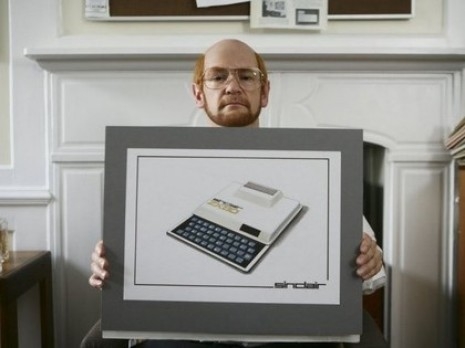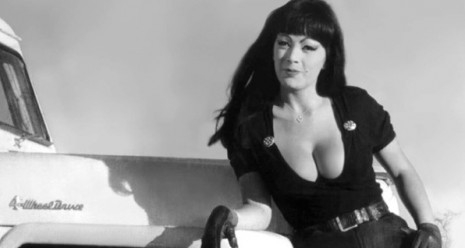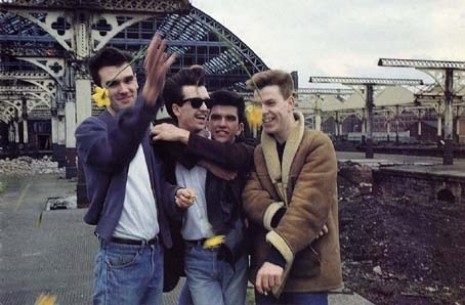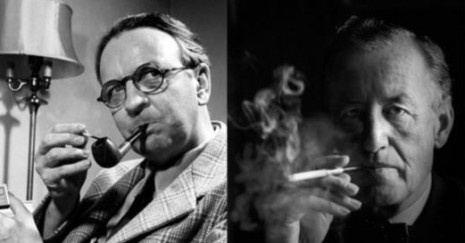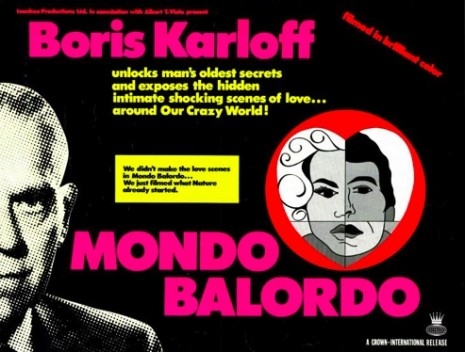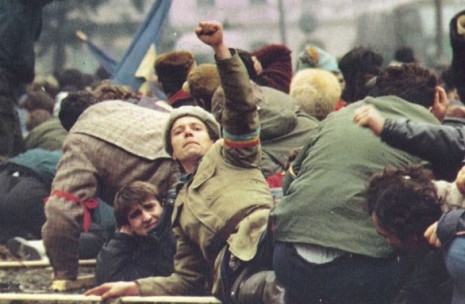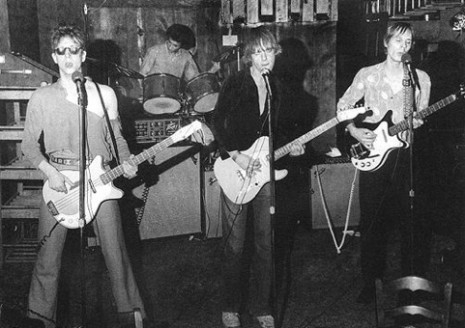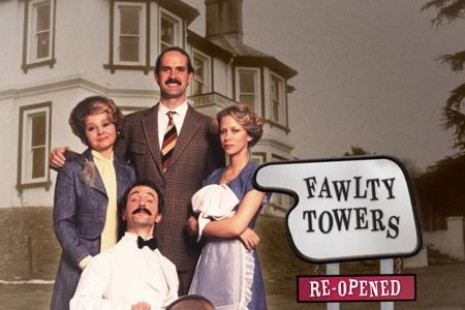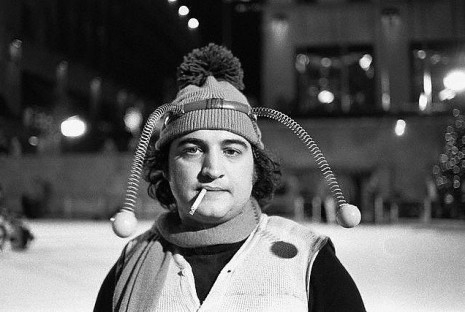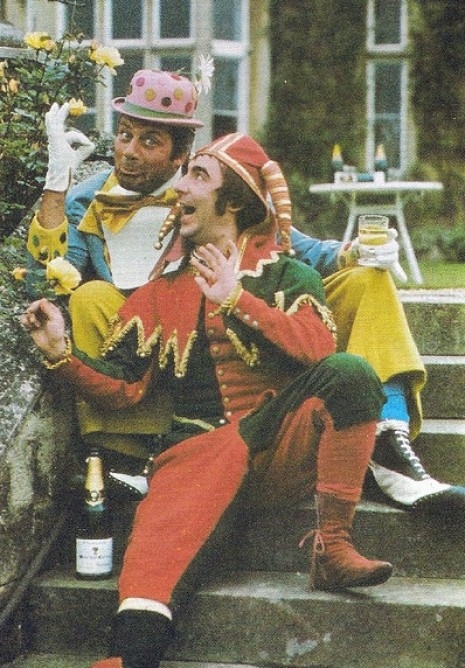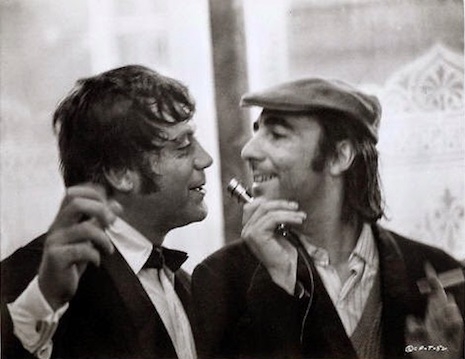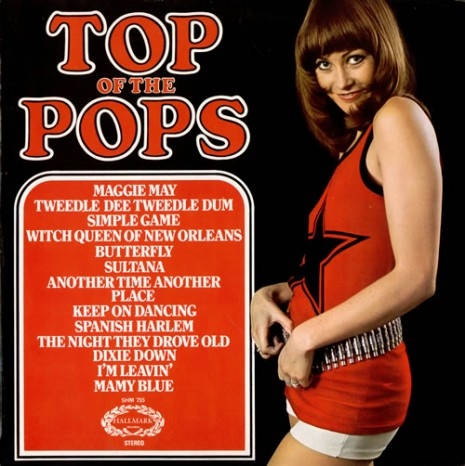
When I was growing up in the late 1960s and early 1970s, Top of the Pops was essential, nay compulsory viewing. You see, for a certain age group TOTP was the only music show on British TV. Yes, there was the excellent Old Grey Whistle Test with “Whispering” Bob Harris, which had Zappa, The New York Dolls, Deep Purple and alike, but that went out long after sundown and well past most young uns bedtimes. It would really take until the arrival of the pop promo for music shows to become ubiquitous, which meant back in the days of mop tops, glitter and platform boots, Top of the Pops was King.
Top of the Pops was the BBC’s legendary, Top 40 chart run-down show. It ran between 1964 and 2006, when it was pulled by the Beeb bosses due to a lack of viewers or, too much competition - depending who you read. It was an inevitable demise for music had changed after Rave, and the diversity and choice available meant what most youngsters listened to was rarely reflected by a show centered around the record sales of bland and talentless groups squeezed out by music industry execs.
Moreover, because TOTP was a chart run down show, you were likely to see David Bowie in the same studio as The Osmonds or, The Sex Pistols on the same show as Hot Chocolate. Even so, there was always moments to treasure from Jimi Hendrix, to Bowie’s “Starman”, Alice Cooper’s “School’s Out”, The Smiths with a gladioli-waving Morrissey singing “This Charming Man”, to Blondie “Dreaming”.
And yes, there was The Beatles, The Stones, The Kinks, The Who, The Move and so on, right up to The Damned, The Jam, Marc Almond, and even Nick Cave. But for all the great and the good, there was always a lot of shit. Something that is more than apparent in this 2-hour compilation of forty years of Top of the Pops. It’s an odd mix with some great, and some inexcusable songs, and a lot of brilliant ones missing. Yet, for all the good, the bad and the ugly, it does tell a story of how music has changed for better and worse over the past four decades.
Top of the Pops 40th Anniversary 1964 - 2004
1964: Billy J. Kramer & The Dakotas - “Little Children”
1965: Sandie Shaw - “Long Live Love”
1966: The Seekers - “The Carnival Is Over” (Performance was from 1965)
1967: Procol Harum - “A Whiter Shade of Pale”
1968: The Crazy World of Arthur Brown - “Fire”
1969: The Hollies - “Sorry Suzanne”
1970: Free - “All Right Now”
1971: T.Rex - “Get It On”
1972: Roxy Music - “Virginia Plain”
1973: Slade - “Cum on Feel the Noize”
1974: The Three Degrees - “When Will I See You Again”
1975: Steve Harley & Cockney Rebel - “Make Me Smile (Come Up and See Me)”
1976: The Real Thing - “You to Me Are Everything”
1977: Queen - “Good Old Fashioned Lover Boy”
1978: The Jam - “Down in the Tube Station at Midnight”
1979: Ian Dury & The Blockheads - “Hit Me With Your Rhythm Stick”
1980: Adam and the Ants - “Ant Music”
1981: The Human League - “Don’t You Want Me”
1982: Culture Club - “Do You Really Want to Hurt Me?”
1983: UB40 - “Red Red Wine”
1984: Wham! - “Wake Me Up Before You Go-Go”
1985: Eurythmics - “There Must Be an Angel (Playing with My Heart)”
1986: Pet Shop Boys - “West End Girls”
1987: Bee Gees - “You Win Again”
1988: Yazz And The Plastic Population - “The Only Way Is Up”
1989: Lisa Stansfield - “All Around the World”
1990: Sinéad O’Connor - “Nothing Compares 2 U”
1991: Seal - “Crazy”
1992: Stereo MCs - “Connected”
1993: New Order - “Regret”
1994: Blur - “Parklife”
1995: Take That - “Back for Good”
1996: Oasis - “Don’t Look Back in Anger”
1997: Spice Girls - “Wannabe”
1998: Manic Street Preachers - “If You Tolerate This Your Children Will Be Next”
1999: Ricky Martin - “Livin La Vida Loca”
2000: Sophie Ellis-Bextor & Spiller - “Groovejet (If This Ain’t Love)”
2001: Texas - “I Don’t Want a Lover”
2002: Status Quo - “Rockin’ All Over The World”
2003: The Darkness - “I Believe in a Thing Called Love”
2004: Michael Andrews Featuring Gary Jules - “Mad World”







